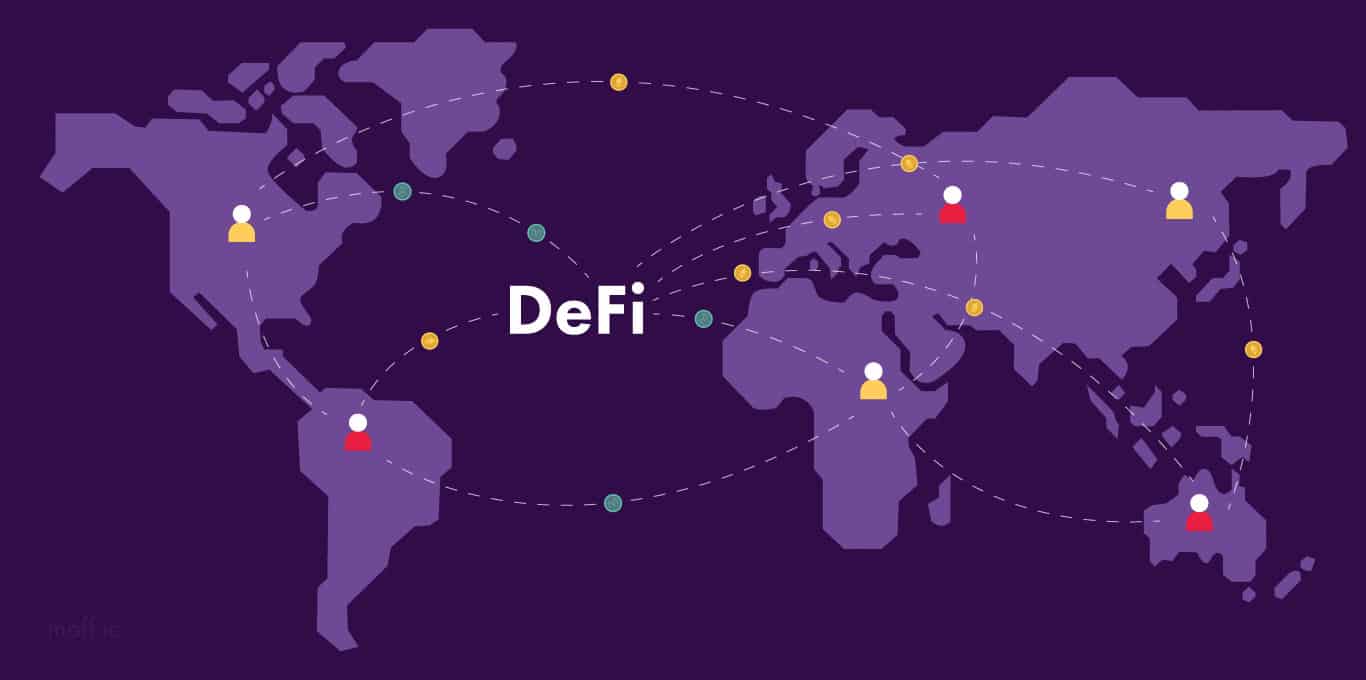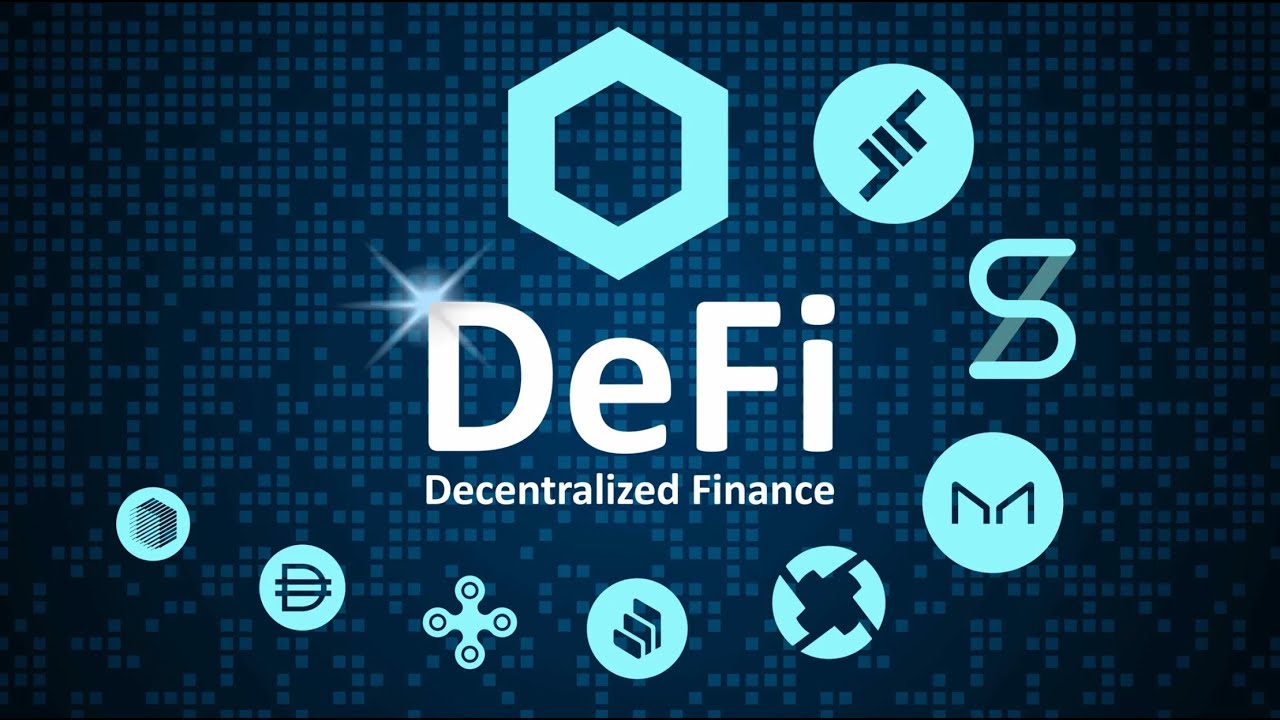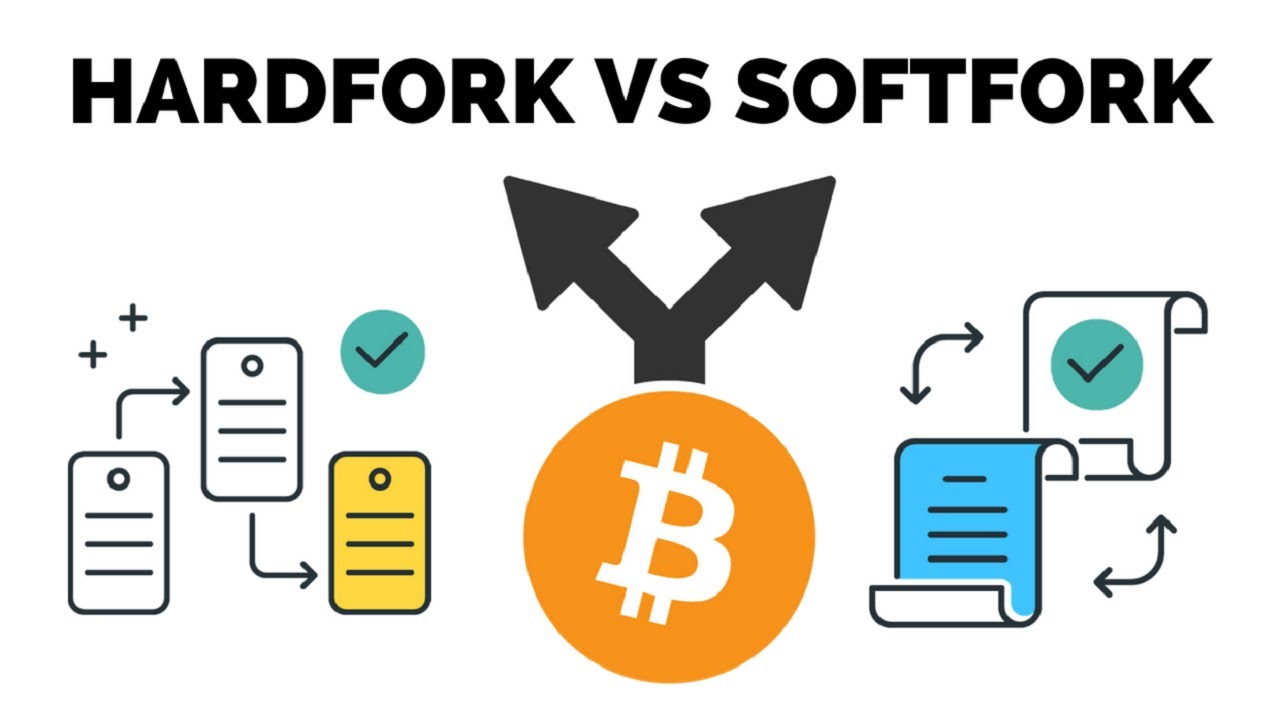Exploring the Potential of Tokenized Real World Assets in DeFi

The landscape of ownership is undergoing a seismic shift, driven by innovative technologies that redefine how we perceive and manage value. As traditional barriers dissolve, new mechanisms emerge, allowing individuals to participate in previously inaccessible opportunities. This evolution not only empowers investors but also facilitates greater inclusivity across market segments.
This new paradigm leverages novel methodologies that transform physical properties into digital representations, enabling seamless transactions and enhancing liquidity. By bridging the gap between tangible items and digital platforms, participants can now engage in exchanges that were once deemed impractical or cumbersome.
As we delve deeper into these advancements, we discover how they are reshaping interactions, fostering transparency, and amplifying trust among stakeholders. It is a fascinating intersection of technology and economy, creating pathways for unprecedented collaboration and innovation.
The Rise of Tokenized Assets
The emergence of digital representations of tangible belongings has revolutionized how individuals perceive ownership and investment. As technology advances, innovative approaches to establishing value and provenance have taken center stage, allowing for enhanced accessibility, liquidity, and transparency in various markets. This shift is reshaping traditional paradigms, presenting new avenues for asset management and creation.

Transformative Impact on Ownership
Digital tokens are redefining ownership by offering fractionalized portions of assets, breaking down barriers that have long restricted access to high-value investments. Investors can now participate in markets that were previously exclusive, paving the way for a more inclusive economic landscape where diverse portfolios are attainable.
Market Dynamics and Efficiency
The integration of blockchain technology in asset representation enhances transaction efficiency, streamlining processes that were once cumbersome. As marketplaces evolve, the digitalization of physical items fosters a more fluid exchange environment, minimizing delays and costs associated with traditional practices. This evolution presents not only an opportunity for individual investors but also for institutions to innovate their approaches to asset allocation and management.
Impact of DeFi on Traditional Finance
The emergence of decentralized financial systems has begun to reshape conventional economic models, introducing innovative mechanisms and cutting-edge technologies. As these new systems evolve, they challenge the status quo, allowing more individuals to participate in economic activities previously dominated by established institutions. This shift not only promotes inclusivity but also drives efficiencies across various sectors.
Key Changes Induced by Decentralized Systems
- Accessibility: Financial services are now available to a broader audience, reducing barriers that traditionally hindered participation.
- Transparency: Transactions are recorded on public ledgers, enhancing trust and accountability between parties.
- Speed: Automated processes streamline transactions, significantly decreasing the time required for settlement.
- Cost Efficiency: By eliminating intermediaries, users can often enjoy lower fees and better rates.
Challenges Faced by Traditional Institutions
- Increased competition from decentralized platforms that offer innovative solutions.
- Pressure to adapt to evolving consumer expectations for more efficient and user-friendly services.
- Regulatory hurdles that may stifle innovation and affect the operation of both new and existing entities.
This ongoing transformation will likely lead to a hybrid model, where conventional and decentralized approaches coexist, benefiting from each other’s strengths while navigating the challenges posed by the digital landscape.
Advantages of Tokenization in Investments
Transforming traditional assets into digital representations has revolutionized investment opportunities. This approach offers a myriad of benefits that cater to both seasoned investors and newcomers alike. By leveraging technology and innovative methodologies, the investment landscape is evolving, making it more accessible and efficient.
Increased Liquidity
One of the primary advantages is the enhanced liquidity that can be achieved through tokenization. By breaking down assets into smaller, tradable units, investors can buy and sell fractions of high-value items, such as real estate or art. This democratizes access, allowing a broader range of participants to invest without needing substantial capital upfront.
Enhanced Transparency and Security
Additionally, the digital nature of tokenized investments provides improved transparency and security. Blockchain technology ensures that all transactions are recorded in a tamper-proof manner, fostering trust among investors. Each transaction is verifiable, significantly reducing the risk of fraud and enhancing accountability within the investment process.
Challenges Facing the Tokenization Market
As the landscape of digital ownership evolves, several obstacles must be addressed to fully realize its potential. These challenges span regulatory hurdles, technological limitations, and market acceptance, all of which play a critical role in the successful integration of tokenized goods into existing systems.
Regulatory uncertainty poses one of the primary difficulties in this domain. Governments and regulatory bodies are still grappling with how to classify and oversee digital representations of physical items. This ambiguity can lead to inconsistent rules that may inhibit innovation and investment.
Technological barriers also remain significant. Existing blockchain infrastructures may not be sufficiently equipped to handle the complexities involved in the systematic representation of diverse assets. Scalability, interoperability, and security are vital factors that need attention in order to foster a seamless user experience.
Furthermore, market adoption is crucial for success. Many potential participants are still hesitant to embrace this new approach due to a lack of understanding or trust in the underlying technology. Creating awareness and demonstrating tangible benefits will be key to driving widespread acceptance.
Lastly, individual privacy and security concerns cannot be overlooked. Stakeholders must ensure that data protection measures are robust enough to safeguard personal and financial information, fostering confidence in the ecosystem.

Real-World Applications of DeFi Solutions
The emergence of decentralized financial systems has opened up a plethora of innovative opportunities that extend beyond traditional approaches. These applications are reshaping how individuals and businesses can interact with their finances, promoting efficiency, accessibility, and transparency. By leveraging cutting-edge technology, various sectors are adopting these advanced methods to streamline processes and enhance user experiences.
Enhancing Accessibility in Lending
One of the most significant benefits of these innovative financial models lies in their ability to provide lending solutions to those underserved by conventional banking institutions. Through peer-to-peer platforms, users can access capital without the burdensome requirements typical of traditional loans. This democratization of lending empowers individuals and small enterprises, making it easier for them to fund projects, weather financial crises, or invest in growth opportunities.
Revolutionizing Property Ownership
Another noteworthy application involves transforming how people buy, sell, and invest in property. By implementing blockchain technology and smart contracts, transactions can become more efficient and less costly. This not only mitigates fraud risks but also enables fractional ownership, allowing a broader range of investors to participate in the real estate market. As a result, asset liquidity increases, making it more viable for investors to diversify their portfolios.
Future Trends in Financial Technology
The landscape of monetary services is evolving rapidly, driven by innovative solutions that integrate advanced technologies. The convergence of digitalization and modern financial methodologies is poised to reshape how individuals and institutions engage with economic tools, fostering accessibility, efficiency, and transparency.
Among the most promising developments are advancements in blockchain technology, which offer unparalleled security and immutability for transactions. This foundational change is supporting a diverse range of applications, fundamentally altering traditional notions of ownership and value exchange.
Another significant trend is the rise of artificial intelligence, which enhances data analytics and decision-making processes. Intelligent algorithms can process vast amounts of information to identify patterns and inform stakeholders, driving smarter investment strategies and risk management techniques.
| Trend | Description |
|---|---|
| Decentralized Solutions | Shifting control from centralized entities to distributed networks, ensuring greater autonomy for users. |
| Digital Identity Verification | Utilizing biometric data and blockchain to streamline authentication, enhancing security for transactions. |
| Smart Contracts | Automating agreements through self-executing contracts, reducing the need for intermediaries. |
| Financial Inclusion | Expanding access to banking services for underbanked populations through mobile technology. |
| Tokenization | Turning assets into digital tokens, enabling fractional ownership and enhanced liquidity. |
As these innovations gain momentum, they are likely to form a robust ecosystem that democratizes access to financial services, paving the way for a new era in economic interaction. Stakeholders across sectors must adapt and evolve to harness the potential these advancements hold for transforming conventional practices.

Q&A: Tokenized real world assets rwa in DeFi
What are tokenized real-world assets in the context of DeFi?
Tokenized real-world assets (RWAs) refer to physical or tangible assets that have been digitized and represented on a blockchain through tokens. This process allows these assets, such as real estate, art, commodities, or even stocks, to be easily traded, transferred, and fractionalized on decentralized finance (DeFi) platforms. By creating a digital representation of an asset, it becomes accessible to a broader range of investors, reduces the friction associated with traditional asset transactions, and enhances liquidity.
How does tokenization benefit investors in decentralized finance?
Tokenization offers several key benefits for investors in DeFi. Firstly, it enables fractional ownership, allowing investors to buy a portion of a high-value asset rather than the whole, thus lowering the barrier to entry. Secondly, tokenizing assets enhances liquidity, as tokens can be traded on various platforms, allowing for quicker buy and sell transactions. Thirdly, it provides increased transparency and security, as smart contracts on the blockchain govern the ownership and transfer of tokens, reducing the risk of fraud. Lastly, it opens up new investment opportunities in historically illiquid markets, providing exposure to a wider array of assets.
What challenges do tokenized real-world assets face in DeFi?
Despite the potential benefits, tokenized real-world assets in DeFi face several challenges. Regulatory hurdles are a significant concern, as different jurisdictions may have varying rules regarding the tokenization and trading of real-world assets. Additionally, issues related to valuation and appraisal can arise, making it difficult to ensure that the token’s value accurately reflects the worth of the underlying asset. Moreover, the integration of traditional assets into the blockchain may face technical and logistical hurdles. Finally, there’s a need for sufficient market demand and awareness to ensure the successful adoption of tokenized assets in DeFi ecosystems.
Can tokenized real-world assets enhance financial inclusion?
Yes, tokenized real-world assets have the potential to significantly enhance financial inclusion. By lowering the cost of entry and allowing for fractional ownership, more individuals can participate in investment opportunities that were previously accessible only to high-net-worth individuals or institutional investors. This democratization of access allows for a broader demographic to invest in diverse assets, potentially leading to wealth accumulation among underserved populations. Furthermore, the use of blockchain technology facilitates seamless cross-border transactions, enabling individuals from different regions to invest in global markets.
What does the future hold for tokenized real-world assets in DeFi?
The future of tokenized real-world assets in DeFi appears promising, with the potential for rapid growth and innovation. As the regulatory landscape evolves and becomes more favorable, we are likely to see an increase in the adoption of tokenization across various asset classes. Additionally, advancements in technology, such as improved blockchain scalability and integration with traditional financial systems, will further enhance the feasibility of tokenization. We may also witness a rise in the development of robust platforms and protocols specifically designed for asset tokenization, driving liquidity and user engagement. Ultimately, the integration of tokenized assets into DeFi could lead to a more efficient, transparent, and inclusive financial ecosystem.
What is real-world asset tokenization, and how does it work?
Real-world asset tokenization is the process of converting physical or tangible assets like real estate, commodities, and even intangible assets like intellectual property into digital tokens on a blockchain. These tokens represent the ownership or value of the underlying assets and can be traded or used within decentralized finance (DeFi) protocols. Tokenizing real-world assets allows for fractional ownership, making traditionally illiquid assets more accessible to a broader range of investors. Through the tokenization process, the asset becomes a digital token on a blockchain, which can be easily transferred, traded, and invested in, providing liquidity and greater market efficiency.
What are the benefits of tokenizing real estate, and how does it impact investors?
Tokenizing real estate provides several benefits, including fractional ownership, which allows investors to own a portion of real estate assets without the need to buy the entire property. This opens up real estate investment to a wider audience, making it more accessible. The tokenization of real estate assets allows investors to buy, sell, and trade tokenized real estate much faster and with fewer barriers compared to traditional real estate markets. By using blockchain technology, real estate tokenization enhances transparency and security while reducing transaction costs. This also enables asset owners to unlock liquidity from assets that are typically illiquid, allowing them to access capital more easily.
How does tokenization of real-world assets (RWAs) benefit the crypto space?
Tokenization of real-world assets (RWAs) significantly expands the scope of the crypto space by bridging traditional financial assets with blockchain technology. With tokenization, assets like real estate, commodities, and financial instruments can be converted into digital tokens that can be easily traded on a blockchain platform. This opens up new investment opportunities and liquidity for assets that were once difficult to trade or access. Tokenized RWAs offer fractional ownership, making valuable assets more accessible to a larger pool of investors. Tokenization also enhances the transparency and security of asset transactions, which is an attractive feature for investors in the crypto space.
What types of assets can be tokenized, and what is their impact on asset owners?
Assets that can be tokenized include a wide range of tangible and intangible assets, such as real estate, commodities, financial assets, and even intellectual property. The impact of tokenization on asset owners is significant because it enables them to access liquidity from traditionally illiquid assets, such as real estate and other physical assets. Tokenization allows for the fractionalization of asset ownership, meaning owners can sell smaller portions of their assets, making it easier to raise capital. This process also opens up assets like real estate and commodities to a broader audience, democratizing access to investment opportunities and increasing market efficiency.
How does the tokenization process enhance the value and accessibility of real-world assets?
The tokenization process enhances the value and accessibility of real-world assets by converting them into digital tokens that are tradable on a blockchain. Tokenizing real-world assets allows for fractional ownership, which makes it easier for investors to access valuable assets like real estate, commodities, or other traditionally illiquid assets. This process not only increases liquidity but also makes it possible to trade and transfer ownership of these assets more efficiently. Tokenized assets can be bought, sold, and exchanged in real time, and because they are backed by real-world value, they provide a secure and transparent way for investors to engage with physical world assets within the crypto space.





